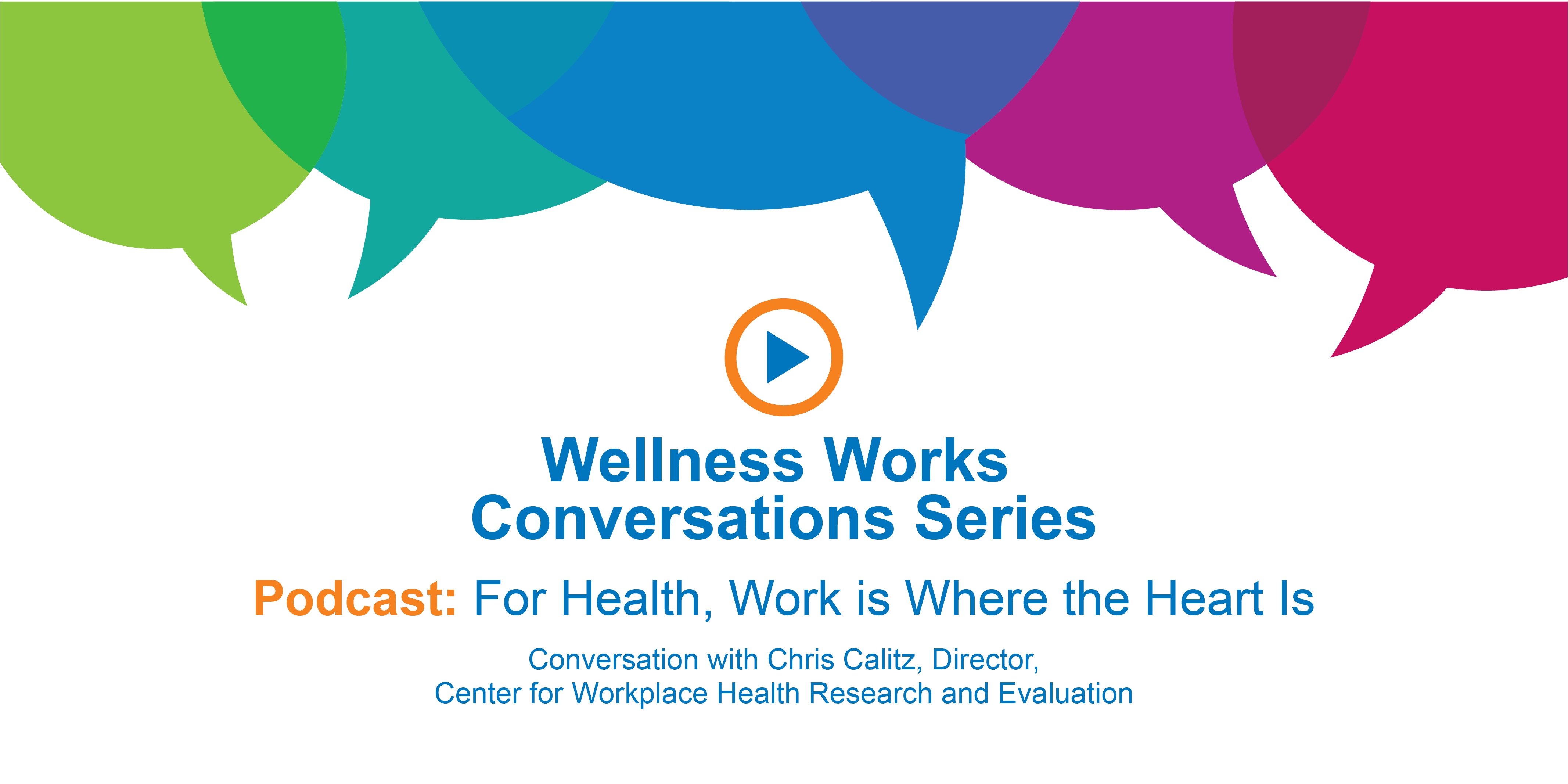Transparency is extremely important to us, so we are letting you know that we may receive a commission on some of links you click on from this page. See our disclaimer.

CDC’s Dr. Barbara Bowman
As part of its “Heart Health” program, the CDC Foundation ran a very useful Business Pulse interview with Dr. Barbara Bowman, Director, Division for Heart Disease and Stroke Prevention at the U.S. Centers for Disease Control and Prevention (CDC).
Among the interview highlights:
Q: What steps could businesses take to be a heart-healthy environment for employees?
A: Employers can play a key role in protecting—and even improving—the health of their workforce. From lifestyle counseling to creating a work environment that supports blood pressure control, cholesterol management, smoking cessation and good nutrition, there are many steps businesses can take to promote and encourage heart health among staff. And with cardiovascular diseases killing nearly 800,000 people in the U.S. each year—or one out of every three deaths—collaboration is integral to reducing the burden of heart disease and stroke.
So how can employers boost workforce cardiovascular health? Here are a few strategies:
- Provide health risk assessments and medical screenings for employees, as well as follow-up education or counseling for those with high blood pressure, prehypertension or high cholesterol.
- Offer smoking cessation counseling or services, such as a quitline resource. And help reduce secondhand smoke by banning tobacco use at your worksite.
- Negotiate health benefit plan designs that provide coverage for preventative services or offer no or low out-of-pocket costs for cholesterol/lipid-control medications, blood pressure medications, home blood pressure monitoring devices and smoking cessation medications.
- Disseminate heart disease and stroke prevention messages to empower employees to make healthy choices, such as signs reminding them to get their blood pressure and cholesterol levels checked, or to eat fruits and vegetables each day.
- Create opportunities for physical activity by providing access to an on-site gym or organized group fitness programs for employees, such as a cardio class, weight training, yoga or walking. If that’s not an option, offer to reimburse employees’ gym memberships.
- Provide low-cost, healthy food choices, along with point-of-purchase nutrition information in on-site cafeterias and vending machines. This could also include bringing in a weekly fresh produce vendor or developing a community garden.
- Provide office-based team incentives such as gift certificates and lower insurance premiums for employees who participate in health risk assessments, competitions and support groups that promote heart disease prevention measures—such as logging miles walked, quitting smoking and getting blood pressure or cholesterol checked.
Q: Many employees believe heart attacks and strokes can’t be prevented. Is this a misconception or a fact?
A: This is a misconception. Heart disease and stroke are largely avoidable—and many people can reduce their risk of developing or dying from cardiovascular diseases by managing medical conditions or making lifestyle changes. In fact, a 2013 CDC report revealed that at least 200,000 deaths from heart disease in the U.S. each year could be prevented.
For example, individuals can reduce their risk by stopping smoking, eating a healthy diet, exercising regularly, maintaining a healthy weight and controlling conditions like diabetes, hypertension and high cholesterol.
Q: The new concept of Total Worker Health is emerging. Can CDC explain the vision of how organizations like the National Institute for Occupational Safety and Health (NIOSH) and the broader CDC see achievement of mutual priorities here?
A: According to statistics, employers report nearly 4 million non-fatal workplace injuries and illnesses and more than 55,000 deaths from work-related injuries and illnesses each year. In addition, an estimated 50 percent of Americans have one chronic condition—and of this group, almost half have multiple conditions.
Traditionally, workplace safety and health programs were compartmentalized—so health protection programs focused on safety in the work environment, while health promotion programs centered around off-the-job lifestyle factors that might put workers at risk. However, research increasingly indicates that a worker’s risk of disease may rise with exposure to both occupational hazards and individual risk-related behaviors. For example, long work hours and insufficient sleep could result in poor health outcomes and increased safety risks on and off the job—ranging from an increase in motor vehicle crashes while commuting, a greater likelihood of unhealthy weight gain, a loss in productivity due to fatigue, or higher levels of work errors that could generate legal consequences. Addressing these complex challenges takes a coordinated, integrated approach. As a result, NIOSH advocates for a Total Worker Health™ approach—which integrates occupational safety and health with interventions that protect, preserve and promote the well-being of workers.




0 Comments